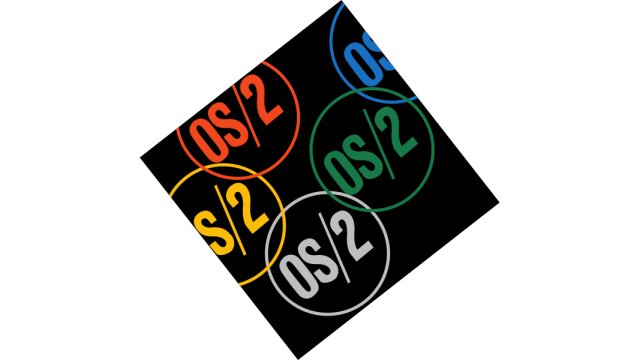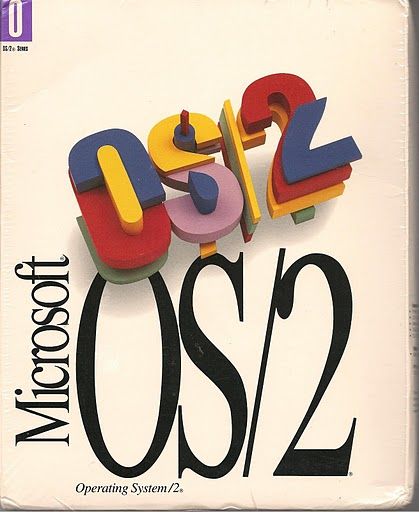
OS/2
 Developed by: IBM & Microsoft (leadered by Ed Iacobucci, software dessigner of IBM)
Developed by: IBM & Microsoft (leadered by Ed Iacobucci, software dessigner of IBM)Launched: 1987
The OS/2 operating system was initially developed by IBM and Microsoft as a replacement for DOS.
But Microsoft later withdrew from development and dedicated itself to Windows, so IBM continued developing it alone.
OS/2 was a very robust operating system, ideal for work environments requiring high reliability. Although technically superior to Windows, it never became popular on home computers.

OS/2 versions
| Year | Ver. |
|---|---|
| 1987 | OS/2 1.016-bit system, although it worked exclusively in the protected mode of the Intel 80286 processor. |
| 1988 | OS/2 1.10 Standard Edition (SE)It included the first version of Presentation Manager, the window manager. And support for larger hard drives in FAT format. |
| 1989 | OS/2 1.10 Extended Edition (EE)A relational database called "Database Manager" was included. And the "Communication Manager" was included, which allowed sessions with mainframes (5250 and 3270 emulation). |
| 1989 | OS/2 1.20 SE y EEImprovements to Presentation Manager. The High Performance File System (HPFS) was introduced, which was much more efficient than FAT. The REXX interpreted language was included as the system's scripting language. Support for TCP/IP and Ethernet was introduced. |
| 1991 | OS/2 1.30This version will mark the break between IBM and Microsoft, which will focus on its Windows system. |
| 1992 | OS/2 2.0Support for native 32-bit applications. |
| 1993 | OS/2 2.1Faster than OS/2 2.0, includes TrueType font support. |
| 1994 | OS/2 Warp 3.0This version had multitasking capabilities, significantly improved performance on machines with 4 MB of RAM (the minimum amount of memory required to run it), and added an Internet Connection Kit, a reduced version of the TCP/IP protocol. This version was heavily advertised on television, emphasizing its advantages over Windows 3.11. It was also the first operating system to offer Internet connectivity through IBM Global Network access points. It was sold on 20 3.5-inch floppy disks. |
| 1996 | OS/2 Warp 4This version included the full TCP/IP protocol and multiple Internet tools, as well as intelligent assistants and a suitable aesthetic. Its market launch coincided with that of Microsoft's Windows 95 operating system. |